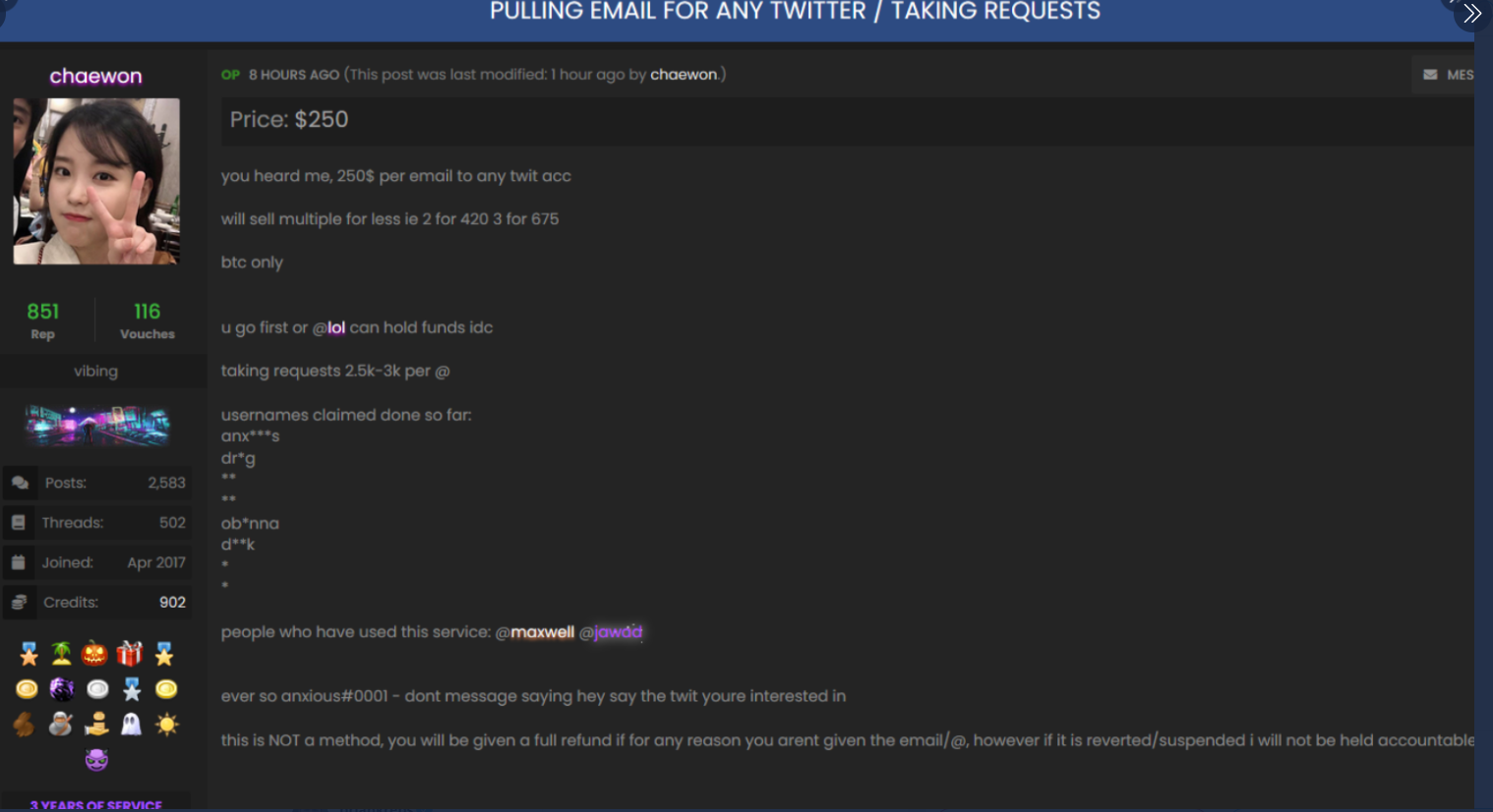Robocall Legal Advocate Leaks Customer Data
mardi 4 août 2020 à 00:18A California company that helps telemarketing firms avoid getting sued for violating a federal law that seeks to curb robocalls has leaked the phone numbers, email addresses and passwords of all its customers, as well as the mobile phone numbers and other data on people who have hired lawyers to go after telemarketers.

The Blacklist Alliance provides technologies and services to marketing firms concerned about lawsuits under the Telephone Consumer Protection Act (TCPA), a 1991 law that restricts the making of telemarketing calls through the use of automatic telephone dialing systems and artificial or prerecorded voice messages. The TCPA prohibits contact with consumers — even via text messages — unless the company has “prior express consent” to contact the consumer.
With statutory damages of $500 to $1,500 per call, the TCPA has prompted a flood of lawsuits over the years. From the telemarketer’s perspective, the TCPA can present something of a legal minefield in certain situations, such as when a phone number belonging to someone who’d previously given consent gets reassigned to another subscriber.
Enter The Blacklist Alliance, which promises to help marketers avoid TCPA legal snares set by “professional plaintiffs and class action attorneys seeking to cash in on the TCPA.” According to the Blacklist, one of the “dirty tricks” used by TCPA “frequent filers” includes “phone flipping,” or registering multiple prepaid cell phone numbers to receive calls intended for the person to whom a number was previously registered.
Lawyers representing TCPA claimants typically redact their clients’ personal information from legal filings to protect them from retaliation and to keep their contact information private. The Blacklist Alliance researches TCPA cases to uncover the phone numbers of plaintiffs and sells this data in the form of list-scrubbing services to telemarketers.
“TCPA predators operate like malware,” The Blacklist explains on its website. “Our Litigation Firewall isolates the infection and protects you from harm. Scrub against active plaintiffs, pre litigation complainers, active attorneys, attorney associates, and more. Use our robust API to seamlessly scrub these high-risk numbers from your outbound campaigns and inbound calls, or adjust your suppression settings to fit your individual requirements and appetite for risk.”
Unfortunately for the Blacklist paying customers and for people represented by attorneys filing TCPA lawsuits, the Blacklist’s own Web site until late last week leaked reams of data to anyone with a Web browser. Thousands of documents, emails, spreadsheets, images and the names tied to countless mobile phone numbers all could be viewed or downloaded without authentication from the domain theblacklist.click.
The directory also included all 388 Blacklist customer API keys, as well as each customer’s phone number, employer, username and password (scrambled with the relatively weak MD5 password hashing algorithm).
 The leaked Blacklist customer database points to various companies you might expect to see using automated calling systems to generate business, including real estate and life insurance providers, credit repair companies and a long list of online advertising firms and individual digital marketing specialists.
The leaked Blacklist customer database points to various companies you might expect to see using automated calling systems to generate business, including real estate and life insurance providers, credit repair companies and a long list of online advertising firms and individual digital marketing specialists.
The very first account in the leaked Blacklist user database corresponds to its CEO Seth Heyman, an attorney southern California. Mr. Heyman did not respond to multiple requests for comment, although The Blacklist stopped leaking its database not long after that contact request.
Two other accounts marked as administrators were among the third and sixth registered users in the database; those correspond to two individuals at Riip Digital, a California-based email marketing concern that serves a diverse range of clients in the lead generation business, from debt relief and timeshare companies, to real estate firms and CBD vendors.
Riip Digital did not respond to requests for comment. But According to Spamhaus, an anti-spam group relied upon by many Internet service providers (ISPs) to block unsolicited junk email, the company has a storied history of so-called “snowshoe spamming,” which involves junk email purveyors who try to avoid spam filters and blacklists by spreading their spam-sending systems across a broad swath of domains and Internet addresses.
The irony of this data leak is that marketers who constantly scrape the Web for consumer contact data may not realize the source of the information, and end up feeding it into automated systems that peddle dubious wares and services via automated phone calls and text messages. To the extent this data is used to generate sales leads that are then sold to others, such a leak could end up causing more legal problems for The Blacklist’s customers.
The Blacklist and their clients talk a lot about technologies that they say separate automated telephonic communications from dime-a-dozen robocalls, such as software that delivers recorded statements that are manually selected by a live agent. But for your average person, this is likely a distinction without a difference.
Robocalls are permitted for political candidates, but beyond that if the recording is a sales message and you haven’t given your written permission to get calls from the company on the other end, the call is illegal. According to the Federal Trade Commission (FTC), companies are using auto-dialers to send out thousands of phone calls every minute for an incredibly low cost.
In fiscal year 2019, the FTC received 3.78 million complaints about robocalls. Readers may be able to avoid some marketing calls by registering their mobile number with the Do Not Call registry, but the list appears to do little to deter all automated calls — particularly scam calls that spoof their real number. If and when you do receive robocalls, consider reporting them to the FTC.
Some wireless providers now offer additional services and features to help block automated calls. For example, AT&T offers wireless customers its free Call Protect app, which screens incoming calls and flags those that are likely spam calls. See the FCC’s robocall resource page for links to resources at your mobile provider. In addition, there are a number of third-party mobile apps designed to block spammy calls, such as Nomorobo and TrueCaller.
Obviously, not all telemarketing is spammy or scammy. I have friends and relatives who’ve worked at non-profits that rely a great deal on fundraising over the phone. Nevertheless, readers who are fed up with telemarketing calls may find some catharsis in the Jolly Roger Telephone Company, which offers subscribers a choice of automated bots that keep telemarketers engaged for several minutes. The service lets subscribers choose which callers should get the bot treatment, and then records the result.
For my part, the volume of automated calls hitting my mobile number got so bad that I recently enabled a setting on my smart phone to simply send to voicemail all calls from numbers that aren’t already in my contacts list. This may not be a solution for everyone, but since then I haven’t received a single spammy jingle.












